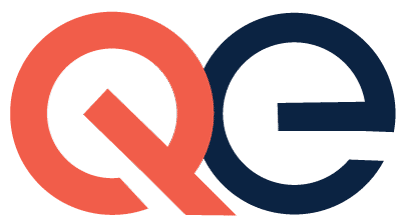People who are blind or have low vision (B/LV) routinely cite the inability to use public transit as the main reason they remain unemployed, under-employed, and, sometimes, trapped at home. Yet, some people who are B/LV are riding subways, streetcars, buses, and trains. Why is this, and what can be done to increase ridership? The goal of this course is to provide information that blindness professionals and advocates can use to help people who are B/LV increase their confidence as transportation consumers, as well as their ability to advocate on behalf of themselves on a day-to-day basis and on behalf of more systemic change when it is needed.
This course is available for 1-hour CRC, ACVREP, and NBPCB credit.
Upon completion of this course, participants will:
- Recognize the basic types of public transportation available in most communities, and how to determine which type or types may be appropriate for specific clients.
- Identify the agencies and organizations within a given community that can provide the training and tools that a person who is B/LV may need to successfully use public transportation.
- Assess a B/LV client’s experiences on public transportation and determine whether there are indications of any potential violations of the Americans with Disabilities Act (ADA) or other federal, state, or local civil rights laws. And:
- Use or train B/LV clients to use simple techniques for documenting their transportation experiences and for reporting bad experiences to local, state, and federal transit officials so that problems can be addressed.

